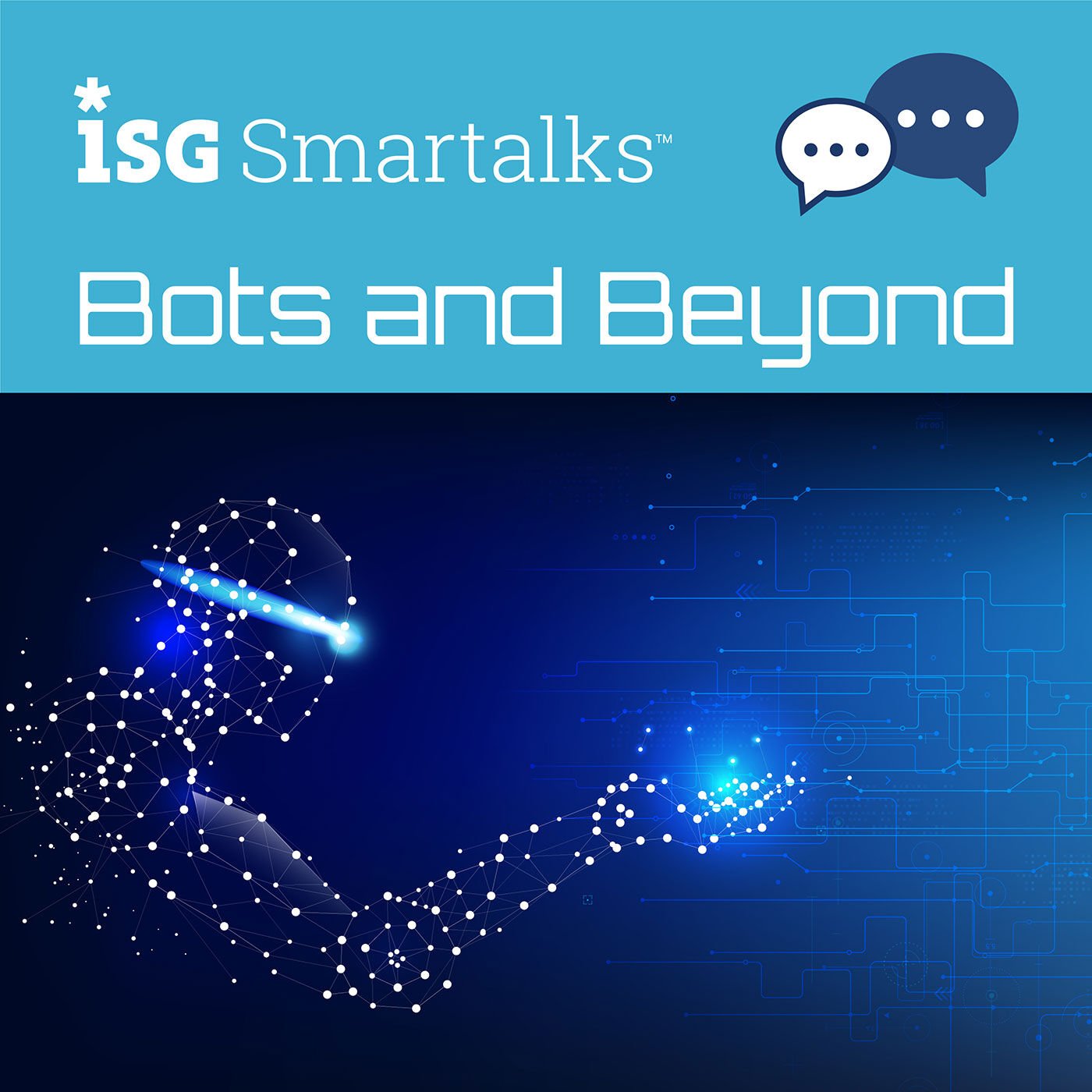It’s one of the hardest jobs a CIO has to do: keep legacy technology up and running while embracing a torrent of new applications and services. And the job is only getting harder as pressure mounts to increase the speed of operations, by responding to customer demand faster – usually by getting code into production faster. This puts even more pressure on the CIO to modernize systems of record, while integrating new systems of engagement and intelligence.
This is why a “graceful” integration layer has never been more important. As my colleague Alex Bakker is prone to do, he predicted three years ago (almost to the day) how important a loosely-coupled enterprise microservices/API strategy would be to digital business transformation:
“The use of these APIs and Microservices will enable companies to develop additional services, capabilities and applications without replacing existing systems. This gives business a tremendous amount of agility to extend existing applications. In Digital Business, this agility is of paramount importance. Most companies that are attempting to transform themselves into Digital Businesses are facing challenges with speed of development, and their ability to react quickly to demand.”
Service providers are recognizing this shift as well. In just about every digital briefing, the need for an API/microservices strategy comes up – in my case more around automation and AI given my area of coverage. Translating customers’ voices to text, recognizing a PO number on an invoice, classifying service desk tickets – these are all available as narrow AI microservices today.
But if you don’t have a way to consume them, and gracefully include them into your existing systems, it can be a huge pain. For the CIO, this means that business units will simply figure out how to do it on their own (risk) and that potentially innovative new ways of doing things get missed (opportunity).
An integration layer that hides the complexity in legacy systems, while creating a control point for new ones is going to be hugely important for companies that want to move faster. Loosely coupled code, architectures and even teams is where the world is headed – are you?
Here’s more of Alex’s writing on this topic.



